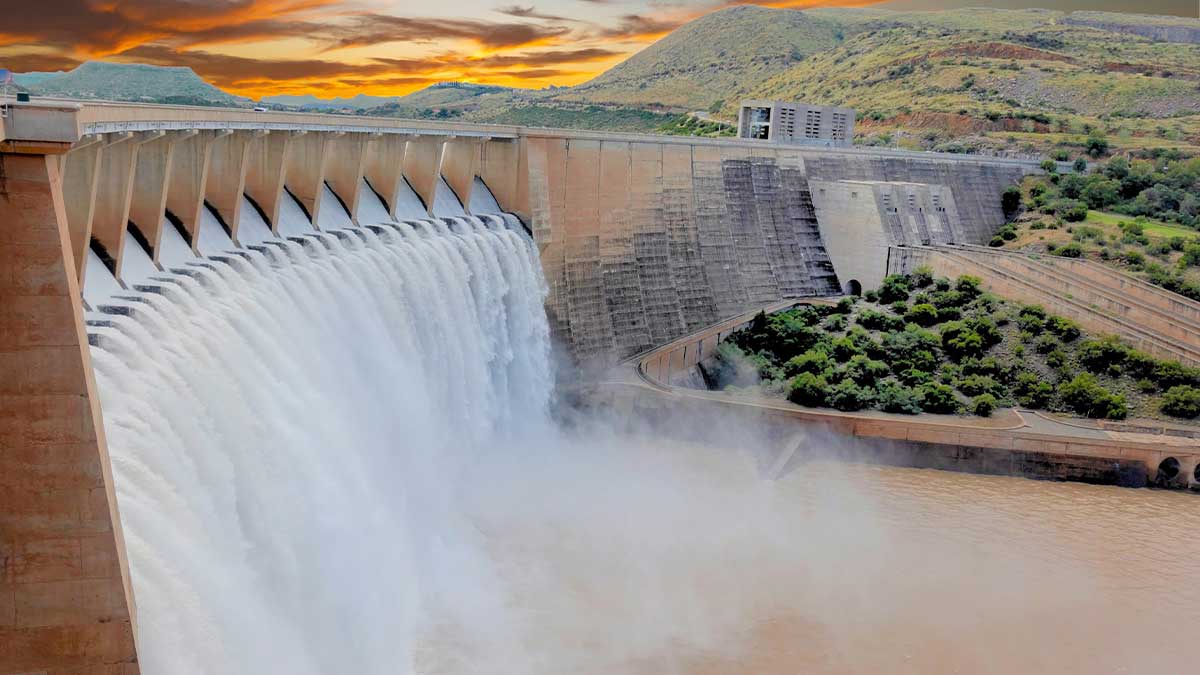The Tarbela Dam once again has touched the dead level as the second dip in water flows has hit the country’s water system. This is the second time within the last four months that the reservoir has reached the dead level of 1,389 feet.
As per the authentic resources, the total water inflows in the system further decreased by 11.46 percent to 156,000 cases from 177,100 cusecs in the current dip in only one day, putting the cotton sowing in Punjab and other crops in danger. Though, water flows in the Indus River at Tarbela rose to 16.79 percent to 68,900 cusecs registered on Monday from 82,800 cusecs recorded on Sunday.
The dam first came on the run of the river in February 2022 and reached a dead level in March and April. But, in the first 10 to 12 days of May, the flow of water in the Indus River improved, while in the wake of ahuge rise in irrigation needs of Punjab together with growth in demand for drinking necessities in Sindh, water withdrawals have increased from the Tarbela Dam.
Read more: Chinese firm PCCCL awarded $355 million Tarbela civil works project
Moreover, the water availability situation has also deteriorated after water flows in Jhelum and Chenab Rivers reduced by 45 percent against the average flows in the last 45 years. The two rivers have shown exceptional behavior in their history as at this point, the Jhelum River used to have 60,000-65,000 cusecs per day, which has severely fallen to 32,100 cusecs per day. While the water flows in the Chenab River were used to be at 34,000-35,000 cusecs, which have now reduced to 26,300 cusecs.
At the Mangla Dam, water inflows are at 32,100 cusses whereas outflows stand at 34,000 cusecs. In the dam, the water storage stands at just 0.181 MAF. Regarding water flows in the Kabul River, there is a decline of 28 percent in water flows with inflows at 29,000 cusecs.
For the past 3-4 years, Pakistan has been undergoing huge fluctuation with a drop in water flows owing to the climate change phenomenon.





















